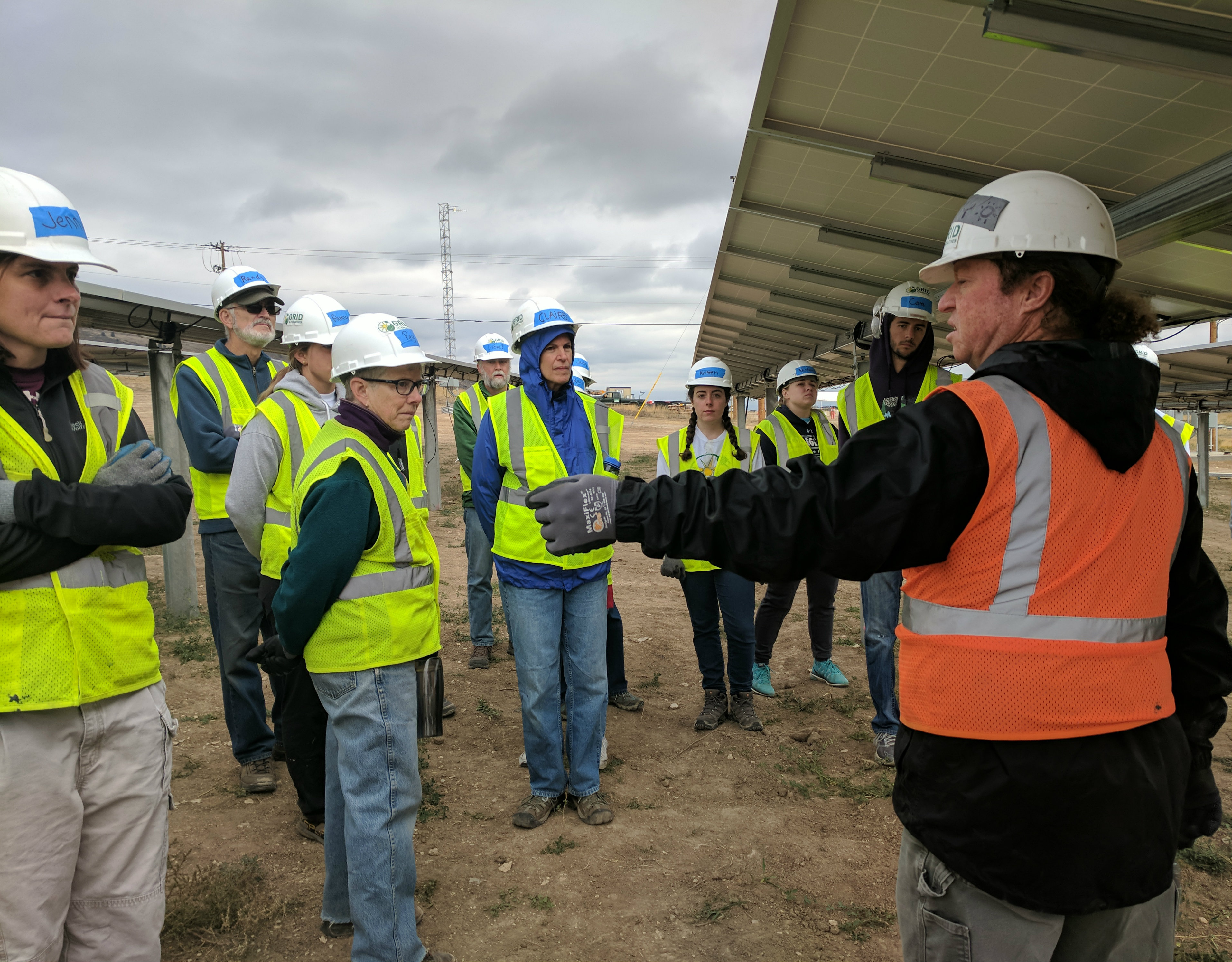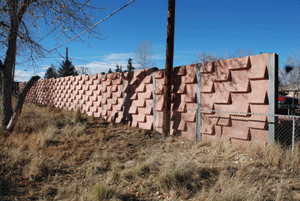Community Solar

Mines students are helping make solar power more accessible to low-income Coloradans. The Mines Energy Club recently volunteered with GRID Alternatives to help build two community solar arrays in Colorado.
The new array in Fort Collins, the 2-megawatt Coyote Ridge Solar Farm, is the largest ever built by GRID—by a factor of 10. Volunteers installed the entire system in a matter of weeks between August and September, and it’s already generating power for the Poudre Valley Rural Electric Association.
Mines volunteers drove up to Fort Collins to lend a hand on two of the Coyote Ridge build days. Closer to home, Mines students spent a day in October working on another 2-megawatt array, near Denver International Airport for the Denver Housing Authority. DHA will be the first housing authority in the country to develop, own and operate its own solar garden. Throughout construction, GRID will also provide training, certification and employment in the solar industry for affordable housing residents.
Evan Wong, a mechanical engineering senior, said volunteering with GRID Alternatives was a great opportunity to get hands-on experience with photovoltaics and supplement the academic instruction he’s received on campus. “Although there’s a bunch of advanced physics in the crystalline structure, installing solar panels isn’t really that hard,” he said. “The entire process probably took around five minutes at most for each solar panel.”
Tim Ohno, associate professor of physics and co-director of the Energy Minor Program, hopes the GRID Alternatives experience will also help motivate students and faculty to push for more solar on the Mines campus. A solar garden could be an efficient and cost-effective option at Mines, too, he said. “Right now, we’re really trying to accommodate the growth in students, but if groups are interested, I can imagine this might be a push in the not-too-distant future,” Ohno said.
“It’s a direction that’s probably going to become more and more common,” he continued. “When you install panels on someone’s roof, whatever direction the home’s roof faces, that’s where it’s installed and that’s not always optimal. If you build a solar garden, the cost of solar—even without subsidies—is very comparable to traditional coal and natural gas power plants.”





